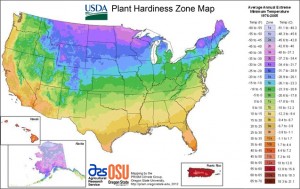 To make purchasing trees, shrubs, flowering plants and vegetables easier on people who want to overhaul their gardens or become self-sufficient, the United States Department of Agriculture (U.S.D.A.) has divided the country up into 13 hardiness zones. These zones are determined by the lowest average temperature, and are color-coded to make it easier to figure which plants will grow properly in your particular area.
To make purchasing trees, shrubs, flowering plants and vegetables easier on people who want to overhaul their gardens or become self-sufficient, the United States Department of Agriculture (U.S.D.A.) has divided the country up into 13 hardiness zones. These zones are determined by the lowest average temperature, and are color-coded to make it easier to figure which plants will grow properly in your particular area.
However, just because a plant is color-coded to your specific zone, that doesn’t mean that it will grow in your yard. Here are a few things to help you decode the U.S.D.A. Plant Hardiness map and keep you purchasing vegetables that won’t have a fighting chance:
1) Look for your specific zone. Each is broken down into sub-sections, like 6a and 6b. The designation for 6a consists of temperatures that drop down to between -10 and -5 degrees, while 6b is slightly warmer with temperatures at the most falling between -5 and 0 degrees. That small difference can become a big one when purchasing plants, so just because the label on the back of the seed packet states that they will grow in zone 6, it does not mean that they are fine to plant in your yard. Make sure to do your research in these types of situations in order to find out exactly what that plants minimum temperature is.
2) Consider the average rainfall, the type of soil in your yard and how much sun your plants will get. Even if the plants that you are looking at will grow in your area, they may not get enough sunlight in your yard, or be compatible with your soil. If the soil surrounding your house consists of clay, and the plants root systems won’t grow in clay, then it will die. Also consider how much rainfall you get on average, and be prepared for a drought. Sometimes, even when everything seems right on “paper,” it may still fall apart in the real world. You can’t control nature.
3) Check a recent U.S.D.A. Plant Hardiness map. Your zone may have changed, based on the fact that the climate changes yearly. Just because you fell into zone 7b two years ago, does not mean that you’re still in that category. Your area may have warmed up to 8a, which means that you’ll have to look for plants that have adapted or seeds that will grow in your new zone. If you’re wondering why certain plants in your yard look worse for the wear; this may be the reason.
4) Look up the company that makes the seeds, or talk to your local nursery. The seeds that you’re looking at may not have updated their packaging in several years, rendering the zones that they are approved for out of date. Your local nursery will be able to give you more information, as it’s their job to keep up with both seed companies, plant suppliers and U.S.D.A. Plant Hardiness zones. They want you (and your garden) to succeed, so they won’t steer you towards something that won’t grow in your area.
Find Out About The World’s Best Compost and Learn to Make Amazing Compost.
Would you love it if your plants just leapt out of the soil with the vitality of an Olympic athlete in peak competition readiness?
I highly recommend have a look at the World’s Best Compost System for making the best compost for your garden. Now, you can have beautiful, vibrant, healthy plants and ultra-delicious fruits and vegetables without dangerous pesticides and fertilizers.
The World’s Best Compost System can give you all the information for making the compost your garden deserves. You’ll learn step by step how to make compost which feeds your garden and promotes great tasting food. You’ll never even dream about fertilizer ever again. This compost is organic and even helps keep pests away. You and your soil will never be happier. Check it out NOW.
Click here to see if it is right for you.

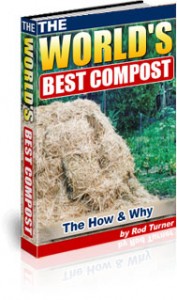
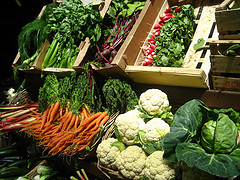
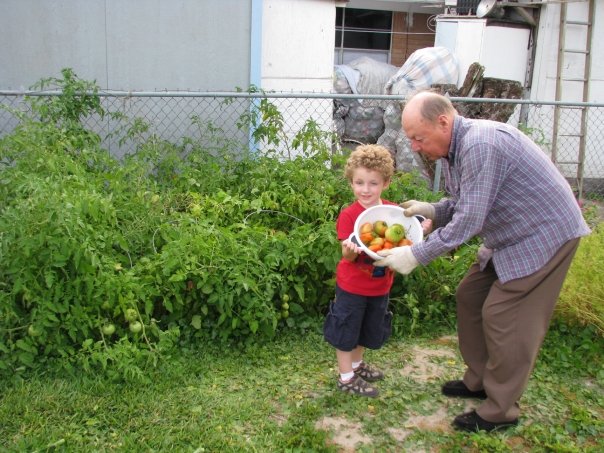
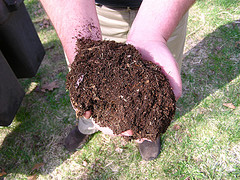
No comments yet.